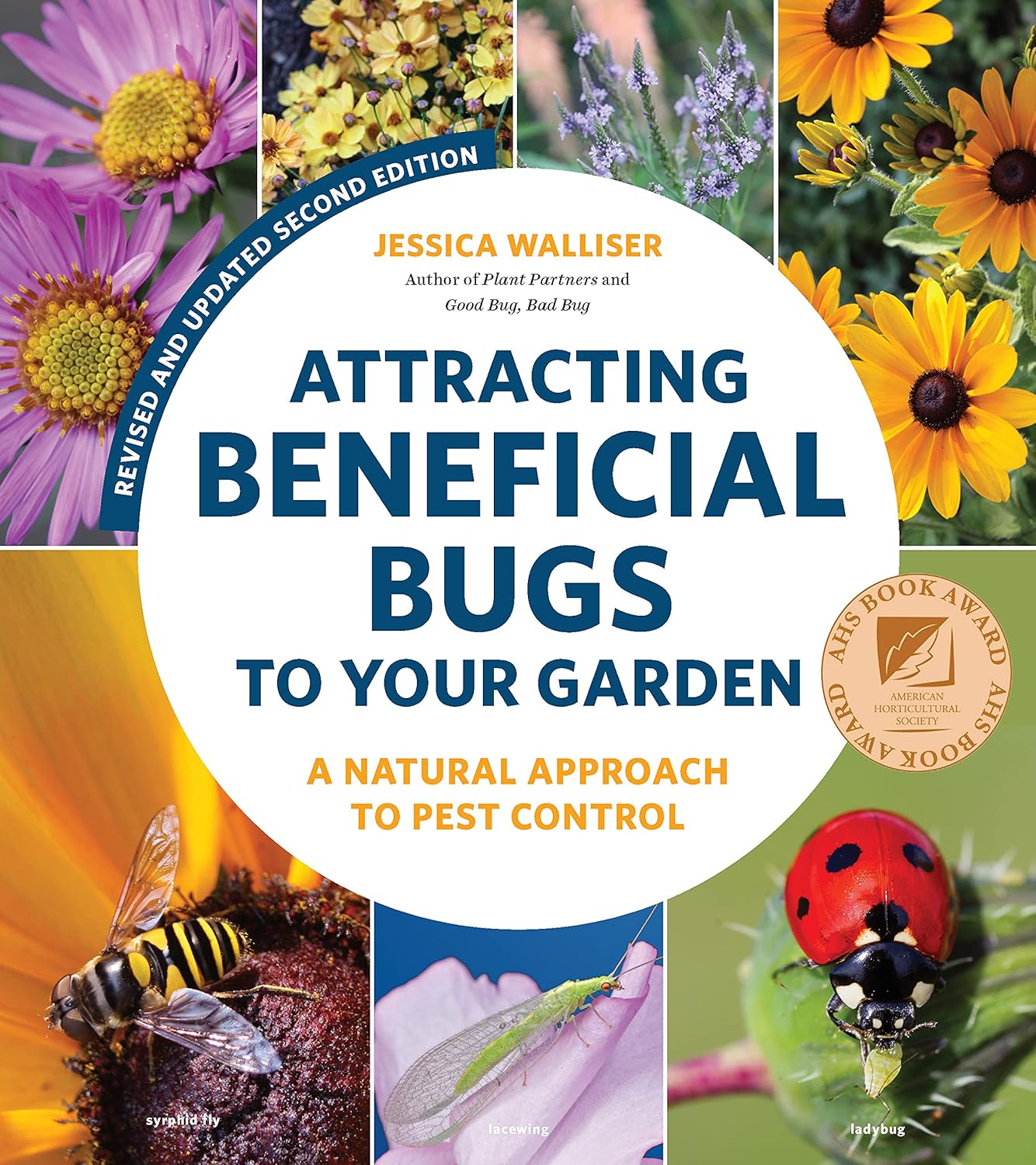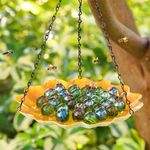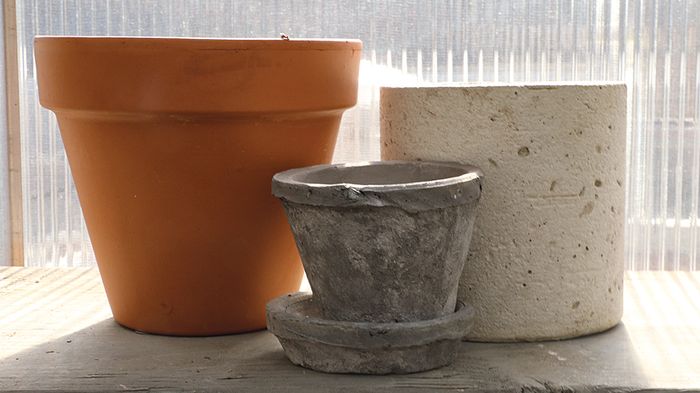The Elements of Great Garden-Container Design Simplified
Creating fabulous container combos is easy—once you understand the basics

The principles and elements of design allow us to pair the plants we choose with the right companions and containers and to place them in the perfect location within the surrounding landscape, thus heightening their overall beauty. These principles and elements can be the basis for all the designs you create. Once you, as a gardener, understand them, the easier each new project will become. Get to know them by heart, and you’ll develop the confidence you need to trust your own instincts and be more creative in your container designs.
Color
Color, the most recognized design element, is still a mystery to many. The color wheel is considered the key to understanding the relationship among the colors of the rainbow. By organizing the colors into a signature circular arrangement, Isaac Newton developed a useful tool for us to pick out colors that work together. Complementary colors are directly opposite on the color wheel; analogous colors are three adjacent colors, such as red, orange, and yellow; and monochromatic color schemes celebrate the tints, tones, and shades of a single color. All colors work to evoke a reaction from the viewer. Cooler colors, like blues and violets, are soothing and evoke a sense of calmness, while warm colors, like reds and oranges, grab people’s attention and emphasize those areas of the design.
Shape
The easiest way to look at shape is to think of the contour created by each plant’s silhouette within your container. As with many principles of plant pairing, opposites make great companions. Upright shapes pair well with mounding shapes, and mounding shapes are good next to trailing shapes.
Texture
Texture describes the surface quality of the materials used in a design: coarse, fine, hard, soft, glossy, or fuzzy. Simply stated, the greater the contrast in texture, the more dramatic the plant combination will be. It would be hard to choose between only coarse-textured plants, which demand attention with their dramatic foliage, or fine-textured plants, with their seductive, touch-me qualities. Fortunately, we don’t have to, as these opposites make perfect companions. The soft, fine textures make the coarse textures appear more dramatic, while the coarse textures enhance the fine-textured qualities—a perfect partnership.
Form
The easiest way to look at form is to think of the overall shape of your container design. When grouping containers, contrasting forms often make complementary neighbors. A tall, narrow container, for example, might pair well with a low, rounded design.

Line
Line is the visual path you follow when looking at different points in a container or glancing from container to container; it’s like a game of connect the dots. The plants themselves create line by the edges of their shape and form. A flowing grass, for instance, can direct the eye toward the base of its container. Likewise, the edges of a container’s shape or the patterns within a container’s design can create lines of direction. Line provides the viewer with a sense of structure and movement.
Proportion
Proportion measures the ratio of plant height to the height of the unplanted container. To be visually pleasing to our eyes, the height of the plants in a container should be, in general, one-and-a-half to two times the height of a container. If the container happens to be more wide than tall, then the proportion of plant height should be one-and-a-half to two times the diameter of the container.
Scale
Scale refers to how a container’s size relates to its placement in the landscape. For example, a big house requires a big pot, not a minicombo. Avoid pots that are too small for the scale of their environment (or too large if you’re working in a small space, like a narrow walkway). Visualize your container from where it will be viewed, and compare it to the scale of your home. Containers will often look a lot bigger on a cart at the garden center than they will in front of your home, so don’t be intimidated by size. Nothing looks sillier than a couple of puny pots sitting outside even a modest-size home.
Balance
Balance is the equal distribution of weight, either physical or visual, in a container design or group of containers. It can be achieved either symmetrically (two identical urn arrangements flanking the entry to a home) or asymmetrically (one large planter on one side and a group of smaller planters on the other). In addition, each container combination should be balanced; one bulky plant on one side of the container grouping will need to be balanced with either another plant of equal mass or perhaps two or three smaller planters.
Photos, except where noted: Brandi Spade. Color photos: Michelle Gervais (green, purple); Jennifer Benner (blue).
Fine Gardening Recommended Products

Attracting Beneficial Bugs to Your Garden, Revised and Updated Second Edition: A Natural Approach to Pest Control
Fine Gardening receives a commission for items purchased through links on this site, including Amazon Associates and other affiliate advertising programs.

Bee Watering Station with Vivid Flower Design
Fine Gardening receives a commission for items purchased through links on this site, including Amazon Associates and other affiliate advertising programs.

The New Organic Grower, 3rd Edition: A Master's Manual of Tools and Techniques for the Home and Market Gardener, 30th Anniversary Edition
Fine Gardening receives a commission for items purchased through links on this site, including Amazon Associates and other affiliate advertising programs.









Comments
I love Fine Gardening. I've subscribed and read (almost) cover to cover for years. But I've found increasing emphasis on LARGE GARDENS and expensive landscaping, far out of reach of the average gardener. The photograph under "Proportion," in the article "The Elements of Great Garden-Container Design Simplified," features "Big House, Big Containers" with pottery that rivals a Japanese soaking tub and plants that might be found in a Kew Gardens conservatory. (I have been to Kew, and many domestic conservatories. I know this.) Might the editors consider the demographic of this magazine more carefully? Are "we" mostly "one percenters," or a more modest middle/working class group? Might you actually attract more of "us," or am I seriously out of touch, and FG did actually become a "Garden Design" publication while I was out watering?
Sign me...perplexed, and an actual gardener. Sincerely, Maggie in Olympia (I do love Steve Aitkens's writing, and miss his opening articles.)
Log in or create an account to post a comment.
Sign up Log in